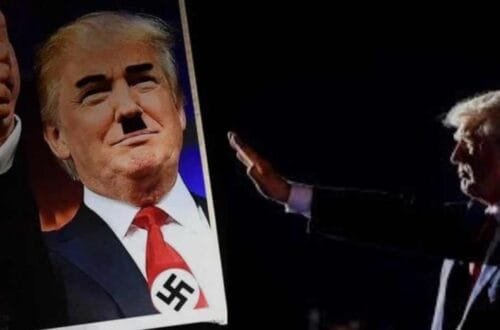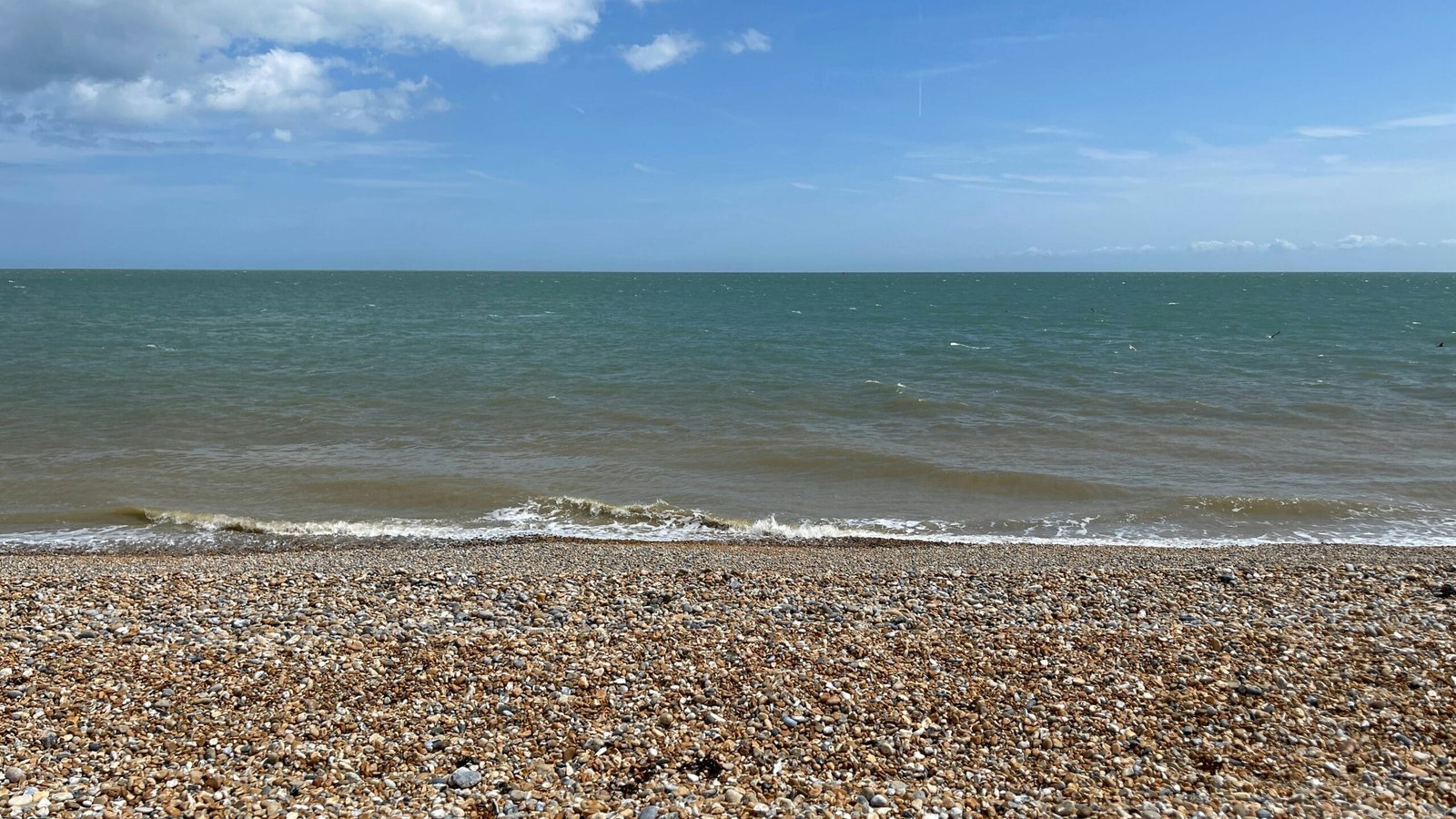The Erosion of Trust: Trump’s Influence on Public Perception

Introduction: The Rise of Distrust
The political landscape in the United States has undergone significant transformations in recent years, with public trust in various institutions at an all-time low. Central to this phenomenon is the influence of former President Donald Trump, whose unconventional approach to governance has reshaped how many perceive both political and societal institutions. Trump’s tenure was marked by a rhetoric that often dismissed the credibility of the media, scientific communities, and other established entities, leading to an environment rife with skepticism and distrust.
As Trump cultivated an image of defiance against traditional norms, a considerable segment of the American populace began to question the reliability of the very foundations of democracy. This erosion of trust is not merely a reaction to one individual; it reflects deeper societal fractures exacerbated by political polarization. Citizens increasingly find themselves unable to differentiate credible information from misleading narratives, further complicating their relationship with institutions. The proliferation of social media channels during this period contributed to the rapid dissemination of misinformation, allowing a cycle of distrust to flourish.
This emerging distrust extends to varied spheres of public life, including governance, journalism, and scientific research. In examining Trump’s influence, it is crucial to understand the mechanisms through which he has altered public perception and undermined institutional integrity. This blog post will delve into specific areas where trust has been compromised, highlighting how these shifts impact the fabric of American society. By exploring the nuances of this transformation, we can better comprehend the implications of rising distrust and its resonance in contemporary discourse.
Media Trust under Siege
In recent years, the bond between the public and media institutions has experienced significant strain, largely influenced by the rhetoric and policies associated with former President Donald Trump. One of the most prominent phrases he popularized, “fake news,” has contributed substantially to an erosion of trust in journalistic integrity. By labeling unfavorable reports as “fake,” Trump has undermined the credibility of reputable news organizations, encouraging a climate of skepticism. This persistent attack on the media not only diminishes confidence in traditional journalism but also fosters an environment where misinformation can thrive.
Moreover, Trump’s usage of such terminology often extends beyond merely critiquing individual stories; it is a broader indictment of the media establishment. As a result, many of his supporters have increasingly aligned their beliefs with alternative narratives that challenge mainstream reporting. This alignment has created an echo chamber, wherein individuals selectively consume information that reinforces their views while dismissing dissenting opinions as unreliable or biased. The pervasive influence of Trump’s anti-media stance has heightened polarization, effectively segmenting the public into distinct factions that trust only certain news sources.
Additionally, the rise of social media has transformed the landscape of information dissemination, allowing Trump’s messaging to permeate the public sphere with unprecedented speed and reach. Platforms like Twitter and Facebook facilitate the rapid spread of ideas, enabling Trump to communicate directly with his supporters while bypassing traditional media filters. This evolution has exacerbated the dilution of accountability among journalists and news outlets, as misinformation can be propagated quickly, often with little oversight.
The interplay between Trump’s rhetoric and social media dynamics underscores a critical shift in how information is consumed and perceived. Therefore, a comprehensive understanding of media trust must consider these factors, as public perception continues to be shaped by both the messaging from political figures and the technological tools that amplify their influence.
Scientific and Judicial Skepticism
During the administration of Donald Trump, a noticeable shift occurred in the public’s perception of scientific authority and the judicial system. One of the most striking indicators of this shift was Trump’s persistent questioning of scientific consensus, particularly in relation to critical issues such as climate change and public health. By casting doubt on established scientific findings, Trump cultivated an environment of skepticism towards expertise. For instance, his administration frequently challenged the validity of climate science, suggesting that reports from reputable organizations like the National Oceanic and Atmospheric Administration (NOAA) could be dismissed. This not only muddled the public discourse surrounding climate change but also fostered a general wariness of scientific institutions.
Moreover, Trump’s stance against vaccinations and public health guidance during the COVID-19 pandemic further exemplified this skepticism. By often promoting alternative treatments and challenging the efficacy of vaccines, Trump positioned himself at odds with the overwhelming consensus within the medical community, undermining the trust that the public might place in scientific recommendations and health entities.
This erosion of trust similarly extended to the judicial branch. Trump’s approach to judicial appointments was characterized by a significant emphasis on ideological alignment over established qualifications. His administration appointed numerous judges with a clear intent to reshape the judicial landscape, often favoring candidates from conservative backgrounds. This has raised concerns about the impartiality and credibility of the judicial system, as public perceptions may shift to view judicial decisions as politically motivated rather than as grounded in law.
The implications of these trends are profound. When trust in scientific and judicial institutions wanes, it not only affects policymaking but also has the potential to distort democratic processes. Ensuring public confidence in these critical areas is essential for maintaining the social contract that binds society together, which has been significantly tested during the Trump presidency.
Dismantling Confidence in Federal Institutions
The influence of former President Donald Trump on public trust in federal institutions represents a significant juncture in contemporary American political discourse. His rhetoric has often been characterized by a systematic devaluation of key governmental agencies, military leadership, and academic institutions. This approach has contributed to a pervasive atmosphere of skepticism that can undermine the foundational principles of governance and social cohesion.
For instance, Trump’s persistent criticism of the Centers for Disease Control and Prevention (CDC) during the COVID-19 pandemic illustrated a broader trend of disparagement directed towards health authorities. By questioning the agency’s guidance on public health measures, he not only diminished the credibility of the CDC but also emboldened a segment of the population to dismiss scientifically-backed recommendations. This erosion of trust in public health institutions can have dangerous ramifications during health crises, as collective adherence to expert advice is paramount for effective responses and community well-being.
Moreover, Trump’s contentious relationship with military leaders further exemplifies this phenomenon. Disparagement of individuals such as former Defense Secretary James Mattis and others who offered checks on his policies fostered a narrative that undermined military expertise and judgment. This resulted in a rift between civilian leadership and military professionals, yielding an environment where critical voices in defense strategies became vilified rather than respected.
Educational institutions have also faced similar challenges. Trump’s attacks on schools, particularly in relation to their curricula and governance, have contributed to a prevailing skepticism towards educators and academia as a whole. This skepticism is detrimental as it fosters an environment where significant societal institutions are perceived as divisive or even adversarial, thereby eroding public trust in the bedrock of democratic society.
These examples reflect a broader trend in which Trump’s rhetoric has cultivated a culture characterized by mistrust towards essential institutions that uphold societal function. Recognizably, the implications of this erosion extend beyond political dialogue; it risks the integrity of democratic processes and collective engagement in public welfare.
The Consequences of Cultivating Distrust
The political landscape in the United States has undergone significant transformation during and after Donald Trump’s presidency, especially concerning public perception and trust in institutions. The pervasive distrust fostered throughout his term has far-reaching implications for American democracy, social cohesion, and governance. One of the most alarming consequences of this cultivated distrust is the emergence of an insular mindset among Trump’s supporters. This group has increasingly viewed the world through a lens that grants exclusive trust to Trump, often at the expense of established institutions, including the media, judiciary, and electoral systems.
This dynamic has resulted in a cult-like devotion where loyalty to Trump supersedes rational discourse and critical evaluation of facts. Followers may dismiss contradictory evidence or rational arguments, framing them as fraudulent or biased. This environment discourages open dialogue, fosters polarization, and suggests that dissenting views are not only unwelcome but also untrustworthy. Consequently, the democratic principles of debate and compromise suffer significant erosion, leading to a fracturing of the public sphere.
Furthermore, this insular mentality undermines social cohesion across the nation. The decline in trust toward institutions and fellow citizens breeds division and animosity, further polarizing an already fragmented society. As groups become more isolated in their ideologies, the potential for common ground diminishes, making problem-solving on critical issues increasingly difficult. Additionally, the reliance on a singular figure for truth stifles independent thought and can create a volatile political climate, where facts are manipulated to serve personal or factional interests.
Moving forward, the implications for future governance remain concerning. The challenge lies in rebuilding trust not just in leadership but also in the democratic process itself. As an electorate becomes more skeptical and divided, the effectiveness of governance is jeopardized, and the principle of collaboration, vital for political progress, is put at risk.




